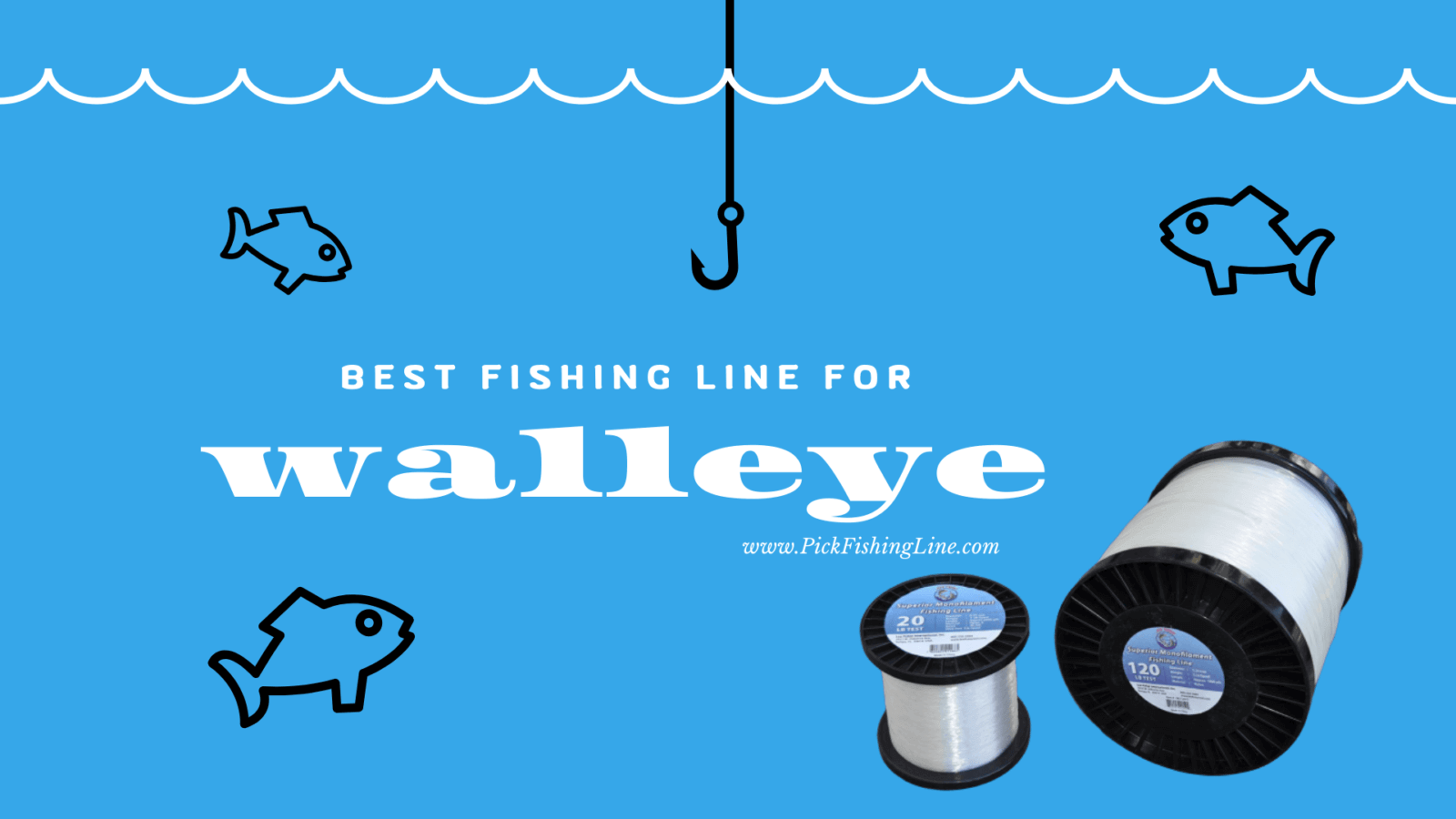Boskode.com serves as a valuable resource for individuals and businesses seeking to enhance their online presence. In today’s digital age, having a strong online identity is essential for success. Whether you are a small business owner, a freelancer, or simply looking to build a personal brand, understanding how to effectively showcase your skills and offerings online can make a significant difference. Engaging with your audience and presenting your content in a compelling way can help you stand out in a crowded marketplace.
By focusing on key strategies and best practices, Boskode.com provides insights into how to optimize your online footprint. Creating quality content, utilizing social media effectively, and understanding search engine optimization are critical aspects of building an impressive online presence. Additionally, knowing your target audience and tailoring your messaging to meet their needs can lead to increased engagement and visibility. With the right approach, anyone can elevate their online profile and achieve their goals in the digital realm.
Effective Approaches to Strengthen Y Online Presence
Building a robust online presence is essential for anyone looking to engage with a larger audience, whether for personal branding, business growth, or community building. In a digital-first society, having a recognizable and trustworthy online identity can set you apart from y competitors. This involves showcasing y unique voice, values, and offerings consistently across various platforms. A strong online presence not only enhances visibility but also fosters trust and credibility among y audience. When people feel connected to y identity, they are more likely to engage with y content, share it, and become loyal supporters of y brand.
Importance of a Strong Online Identity
A strong online identity acts as the foundation of y digital presence. It reflects who you are and what you stand for. Here are some key points to consider:
- Brand Recognition: Consistent branding helps y audience recognize and remember you.
- Trustworthiness: An established online identity builds trust with y audience, leading to more engagement.
- Professionalism: A well-crafted online presence showcases professionalism and attention to detail.
- Connection: It allows you to connect with y audience on a personal level, fostering community.
- Opportunities: A strong online identity can open up new opportunities for collaboration and growth.
Creating Quality Content to Engage Audience
Quality content is the heart of an engaging online presence. It not only draws in y audience but also keeps them coming back for more. Here’s how to create impactful content:
Identifying Y Target Audience
Knowing who you are speaking to is crucial. Identifying y target audience helps tailor y content to their interests and needs. Consider the following:
- Demographics: Age, gender, location, and income can influence content preferences.
- Interests: Understand what topics resonate with y audience.
- Challenges: Address the pain points y audience faces with valuable solutions.
- Feedback: Engage with y audience to gather feedback for continuous improvement.
Tailoring Messaging for Better Engagement
Y messaging must resonate with y audience to foster engagement. Consider these tips:
- Language: Use language that y target audience relates to.
- Storytelling: Share stories that evoke emotions and connect with y audience.
- Calls to Action: Encage y audience to interact with y content through clear calls to action.
- Visuals: Include images, videos, and infographics to make content more engaging.
Utilizing Social Media Effectively
Social media plays a pivotal role in enhancing y online presence. It allows you to connect, communicate, and share y content with a wider audience.
Choosing the Right Platforms for Y Brand
Not every social media platform may suit y brand. Choose wisely based on where y audience hangs out. Consider the following:
- Audience Demographics: Research which platforms y target audience uses most.
- Content Type: Match platforms to content type; for instance, images for Instagram, articles for LinkedIn.
- Engagement Level: Some platforms foster more interaction than others.
- Trends: Stay updated with trends on different platforms to maximize y impact.
Content Sharing Best Practices
Sharing content effectively is essential for increasing visibility. Here are some best practices:
- Timing: Post during peak times when y audience is most active.
- Consistency: Maintain a consistent posting schedule to keep y audience engaged.
- Hashtags: Use relevant hashtags to increase reach and visibility.
- Engagement: Respond to comments and messages promptly to foster community.
Understanding Search Engine Optimization Basics
Search Engine Optimization (SEO) is key to improving y online visibility. It involves various techniques to enhance y content’s discoverability on search engines.
Keyword Research Techniques
Keywords are the foundation of SEO. Researching the right keywords helps optimize y content. Consider these techniques:
- Brainstorming: Start with brainstorming relevant topics and phrases.
- Tools: Use keyword research tools to find popular search terms.
- Competitor Analysis: Analyze competitors’ keywords for insights.
- Long-Tail Keywords: Incorporate longer phrases that are specific to y content.
On-Page vs. Off-Page SEO Strategies
Understanding the difference between on-page and off-page SEO is crucial. Here’s a breakdown:
- On-Page SEO: Focuses on optimizing content, meta tags, and images within y website.
- Off-Page SEO: Involves building backlinks and social signals from external sites.
- Quality Content: Quality content supports both on-page and off-page strategies.
- Regular Updates: Keep y content fresh to improve search rankings.
Measuring and Analyzing Online Performance
Tracking y online performance is vital for understanding what works and what doesn’t. This allows for informed adjustments to y strategies.
Tools for Tracking Engagement Metrics
Utilizing tools to track engagement metrics can provide valuable insights. Here are some key metrics to monitor:
- Traffic: Monitor website traffic to understand visitor behavior.
- Engagement: Track likes, shares, and comments on social media.
- Conversion Rates: Analyze how many visitors take desired actions.
- Bounce Rates: Evaluate how long visitors stay on y site.
Adjusting Strategies Based on Data Insights
Data insights offer a roadmap for improvement. Here’s how to adjust y strategies:
- Identify Trends: Look for patterns in data to inform future content.
- Test and Learn: Experiment with different approaches and analyze their outcomes.
- Feedback Loops: Implement feedback from y audience to improve content.
- Set Goals: Establish clear goals based on data and adjust strategies accordingly.
Frequently Asked Questions
This section addresses common inquiries related to enhancing your online presence. It provides insights into strategies and best practices essential for building a strong digital identity, engaging your audience, and optimizing online visibility.
What is online presence?
Online presence refers to the way individuals or businesses appear on the internet. It encompasses websites, social media profiles, and online content. A strong online presence helps to establish credibility, attract potential customers, and create engagement with the target audience, making it essential in today’s digital landscape.
How can quality content improve visibility?
Quality content is crucial for attracting and retaining audience attention. It enhances search engine optimization (SEO) and encourages shares and engagement on social media. Well-crafted content that offers value resonates with users, improving visibility and driving traffic to websites, ultimately contributing to building a robust online identity.
Why is social media important for branding?
Social media platforms are vital for branding as they offer direct access to audiences and enable real-time engagement. They allow for the sharing of content, promotion of products, and interaction with followers, helping to cultivate a community. Effective use of social media enhances brand recognition and builds customer loyalty.
What is SEO and why is it necessary?
Search Engine Optimization (SEO) improves a website’s visibility in search engine results. It involves optimizing content, keywords, and site structure to rank higher. Effective SEO is necessary for attracting organic traffic, increasing site visits, and enhancing overall online presence, making it a fundamental strategy for digital success.
How do I identify my target audience?
Identifying a target audience involves researching demographics, interests, and behaviors of potential customers. Surveys, social media insights, and analytics can provide valuable data. Understanding the audience allows for tailored messaging and content creation, leading to improved engagement and effectiveness in reaching marketing goals.
What strategies can enhance online engagement?
Enhancing online engagement can be achieved through interactive content, regular updates, and authentic communication. Techniques such as polls, Q&A sessions, and personalized responses foster a community feel. Consistent interaction encourages followers to participate actively, thus strengthening connections and increasing overall engagement with the brand.






